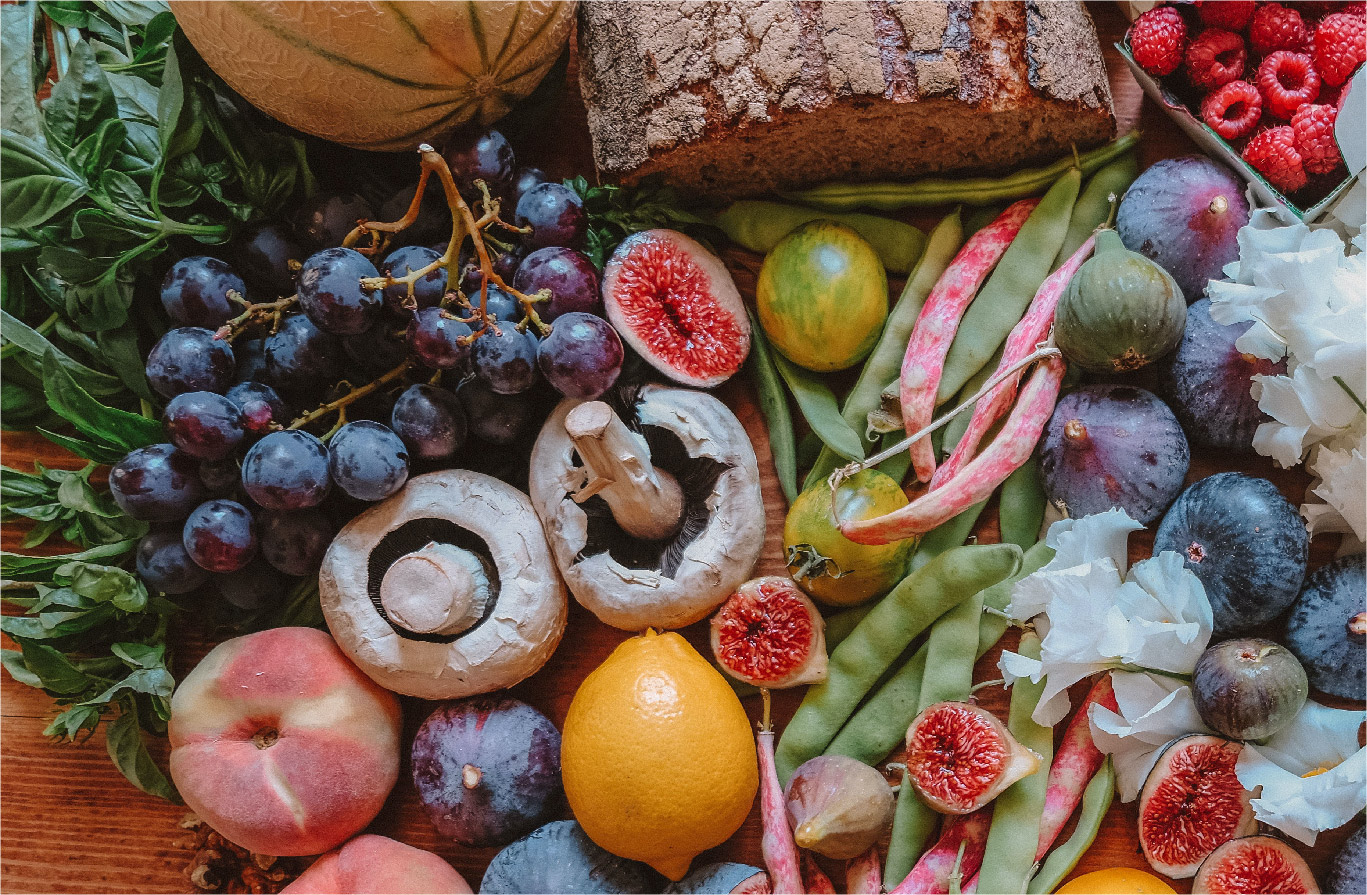

nov 25
Enhancement of by-products in the agri-food sector
Thursday 25 November 2021 From 8:45 am - To 9:45 am (CEST)Waste recovery and enhancement strategies, results achieved in the winery, fruit and vegetables and dairy products chain productions
The agri-food production chain, from primary production to consumption, contributes significantly to the production of waste, reaching approximately 30 million tons per year in Italy.
It is therefore fundamental to develop recovery and enhancement strategies for these materials in order to reduce their simple but extremely expensive landfill disposal. This recovery is even more interesting if we consider that by-products generally contain significant amounts of components such as polyphenols, mineral salts, vitamins, proteins, sugars, fibers with high nutritional and functional value. In some cases this recycle can be developed in the same production company as the by-product but it often occurs in other companies thus creating a virtuous link between production chains.
The purpose of this webinar is to examine the most significant of these recovery and enhancement processes and the results achieved.
We are going to talk about "Enhancement of by-products in the agri-food sector" with:

- Origins of by-products in the agro-food sector
- The compositional and nutritional characteristics of the by-products
- Examples of application and enhancement of by-products
We could sum it all up in one word: it depends. It depends, because there are situations in which obviously I can choose technologies that allow me to recover the material for example I have exhausted fruit panels which are therefore a by-product and are rich in water, I can use them by homogenizing them simply by adding them with water and I am going to use this homogenized as a food supplement with extremely low costs. There are other situations in which I have to apply technologies that do not make the transformation more convenient. If I have to recover polyphenols from pomace with a relatively simple treatment, these polyphenols have an extremely high added value and therefore it is worthwhile. In the whey it is already done because the osmosis ultrafiltration / nanofiltration technology is an inexpensive technique or of very high value components because lactose recovery recovery whey proteins, all sports supplements contain whey proteins that are extracted from the whey. Whey is a very expensive waste for companies because chemically the disposal is extremely expensive, has a very high environmental impact and the whey protein recovery technology is relatively inexpensive while whey proteins have a very high value on the market and therefore balance. Somehow it depends on the situations, a curious example is that of oily fruits in which the main product is oil, it has always been oil, hazelnut oil, pistachio oil, almond oil, etc. a remnant remained which was the insulation panel in which one did not know what to do with it. In the last 4-5 years 1,001 uses of the insulation board have been discovered so now the by-product is becoming the oil while the product is the insulation board. It also takes research that is the fact that the research is working a lot you are highlighting recovery technologies, applications and anything else for which there are continuously situations that can help a lot. Then it is a question of building a supply chain that does not exist many times because the company is not used to reusing or using by-products.
Digital Food Ecosystem is a partnership led by aizoOn in collaboration with technology partner companies, universities and research centers offering solutions in the Agrifood sector that meet challenges and specific needs of companies in three different areas:
- Business: the company’s business model is redesigned by making changes in the value chain and processes, allowing its evolution or revision, sometimes even complete;
- Methodologies: new methods and approaches are identified, valid on one or more parts of the process, designing and activating their implementation;
- Technologies: technological solutions are developed, applied and implemented, based on the integration of IT and OT components, which have a direct impact on company operations at different levels of pervasiveness and extension.
DFE’s ability to propose arises from the experience and results obtained in the Food Digital Monitoring (FDM) research program.
DFE is an ecosystem that provides the agrifood chain with a specific and distinctive capacity for digital innovation, complete in terms of approach, methods, tools and technologies.